Seeing all the Sights of Ancient Axum
Sunday, November 04, 2012
 Axum, Tigray Region, Ethiopia
Axum, Tigray Region, Ethiopia
Let's see - did anything special happen at breakfast - oh, they didn't have brewed coffee so I skipped it and had an extra juice . The juice here has been excellent.
We started off with the Stelae and Archeological Museum- which we could see below from our hotel patio high on the hill . First we looked at the stelae. The biggest one is broken into pieces. We looked at the markings and Kibrom explained the significance of the stories and beams, the carvings of doors and windows, the sacrificial ibex. The stelae are made of single pieces of granite and moved from the Goba Quarries; scientists are not sure exactly how. In addition to the broken one, there is the 26-meter Ezana stele with carvings on 4 sides and a 23 meter one with carvings on 3 sides. The broken one is 36 meters. The Italians took the 26 meter one to Rome and kept it for 70 years - not returning it until the first decade of this millenium. The largest stele is the largest monolithic obelisk in the world I believe.
We went into the Museum and saw a film on Axum and the region. There were pots, coins, and other artifacts from the Axumite era . There was a poster with flowers identified including the thistle I had seen and I tried to memorize the name, but, of course, have sadly forgotten the significant (because it identifies it specifically) part and only remember "giant...s....thistle." Jay did take a photo of the poster and promised to send me a copy of it. The poster had the Meskel daisy on it and also a variety of delphinium that I don't think I noticed.
We then went to Queen Sheba's swimming pool which is used by the Church on Epiphany. The priests bless the water and sprinkle it on the parishioners. I am getting confused on the order of things but we might have visited the Church of Mary of Zion, the largest Ethiopian Orthodox Church, built by Emperor Haile Selassie in the 1960's. At first we didn't go there because there was a funeral. Next there was a wedding of a deacon and his bride. We went into the grounds and began to take photos of the celebration - the men playing drum and flutes and singing and the wedding party itself with the groom and his groomsmen and the bride and her bridesmaids . Someone (a tourist from another group) got right in front of me as I tried to get a photo of the bride with her bridesmaids so I didn't get that photo. I think Leigh was able to get some nice shots though. There was another wedding outside the church grounds with photographs being taken. Kibrom said that it was customary for the man's family to dance in a circle while the bride's family claps in encouragement. The deacon's bride was dressed in black embroidered velvet and the other bride had on a long, white wedding gown.
A mosquito just buzzed around me.
We walked into the tombs of King or Emperor Caleb and his son Gebre Meskel. One had 5 rooms and the other, four. They were impressive in that they were all original and the blocks of stone hardly needed anything - except in one tomb a few pillars had been constructed to support the tomb. In the Tomb of the False Door there was a coffin of stone that was hollow and researchers had discovered no way to open it, but somehow knew that there was something inside. Either Margaret or Mary said they should leave it alone because it was better not knowing and keeping it a secret forever. Next to these tombs, archeologists have uncovered an opening to underground passages. This one is not fully excavated (need more money) but the researches believe it goes quite far. They theorize that there is a whole system of underground tunnels between various sites in these hills . Apparently, even though there are a lot of archeological sites here, most of Axum has not been excavated.
We had lunch back at the hotel and ended up with the set meal again - not to rock the boat and because it seemed appealing.
After lunch, or was it before, we went inside the big Church of Mary of Zion (built by Haile Selassie) and saw some paintings as well as the 500 year old book of Mary. There is a 1000 year old one that is kept in the museum of the church, in the basement of the Chapel of the Ark of the Covenent. There we also saw some of their holdings - crowns from the previous emperors, their robes, crosses and other church implements and some manuscripts. Some of the silver things were just heaped in a display case. They are now building a new museum to exhibit more of the vast holdings. We saw the outside of the building that houses the Ark of the Covenant and I think we saw the man who guards it. Once he goes into the compound he never comes out . He is specially chosen - he cannot be married or have a family and must be very devoted to the church. This building was built by the wife of Haile Selassie. Now a new building is being built to replace it. There was also a small Church of St Mary of Zion, the predecessor to Haile Selassie's.
On the grounds we also saw the ruins of the church built in the 300's - the first Christian Church in Ethiopia. Kibrom explains the history of Christianity in Ethiopia with the wise man, Balthazar; the wife of Moses who was Ethiopian; and the first person to be baptized by the John the Baptist who was also Ethiopian. Kibrom also went over the role of Queen Sheba and King Solomon and Menelik I with the Ark of the Covenant.
We then visited the ruins of the palace of the Queen of Sheba on the outskirts of Axum where you could see the Goba mountain. The palace had showers and running water, big reception halls, a kitchen and some other sort of rooms that I cannot now remember. It was getting toward dusk and there was a lovely light on the ruins. Even though it is called the palace of the Queen of Sheba, apparently any remains of her palace would be below what can be seen now - most likely the palace of a wealthy family many centuries later.
Next we did some shopping in Axum at local handicraft stores and several people bought the wooden chairs/headrests . Seamus bought 4 carved ebony monkeys. Margaret with her heart of gold gave money to people who were begging whenever she encountered them.
We got back to the hotel and were met by the man who carved names in the stone crosses and we paid for our crosses. Since it was about sunset time, Sian, Sarah, Aga and I sat out on the steps of the hotel terrace looking at the sunset. The chairs were taken by another tourist group. Aga left after awhile and the rest of us started thinking about a project where we would market colorful genitalia photos starting with the geladas and blue-balled monkeys. We came up with quite a stock of souvenir items before going up to our rooms to get ready for dinner. At dinner we continued the discussion. Sarah and Sian had been fantasizing all day about their chocolate pancakes for dessert and managed to share a plate but not without some angry words between some of the waitstaff when they tried to order them ala carte. Jacinta offered hers from her set menu and all was fine. I thought that was what happened but am not sure now of the exact reason for the controversy or the solution.
We have to get things all ready for tomorrow for another early start - to fly to Lalibela.
Other Entries

 Axum, Tigray Region, Ethiopia
Axum, Tigray Region, Ethiopia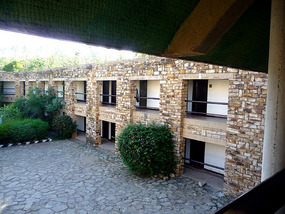

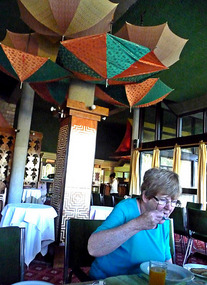
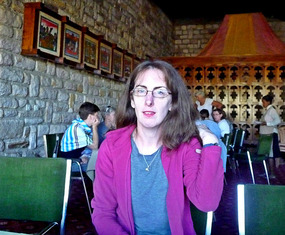

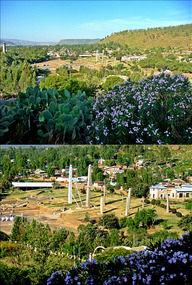




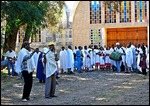
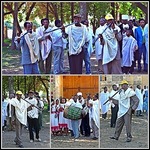
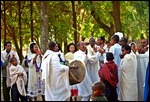
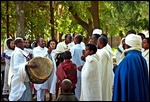
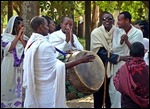

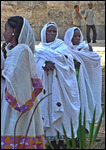
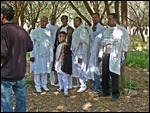
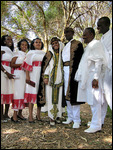
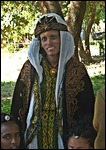
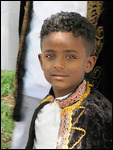

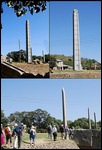


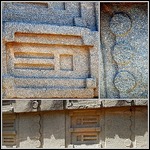
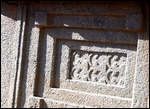
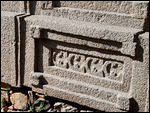
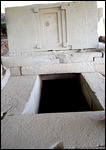

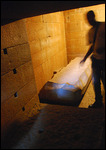

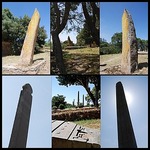

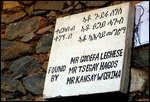

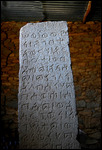


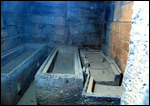
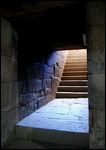
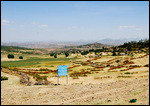
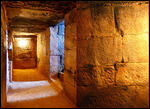



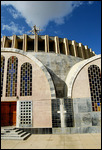


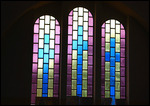

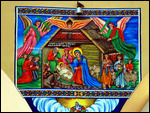
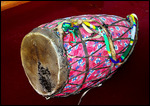

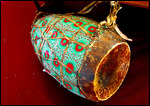
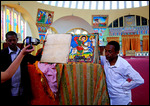

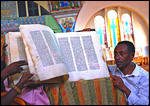
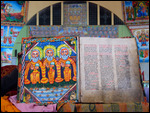

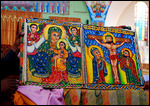
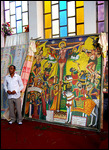
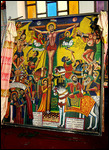


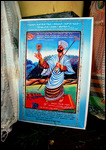



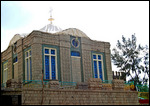




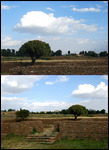
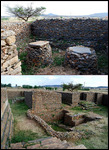
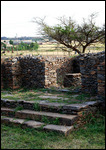

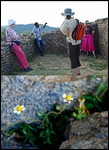


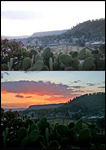

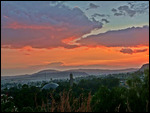
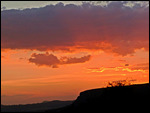

2025-05-23